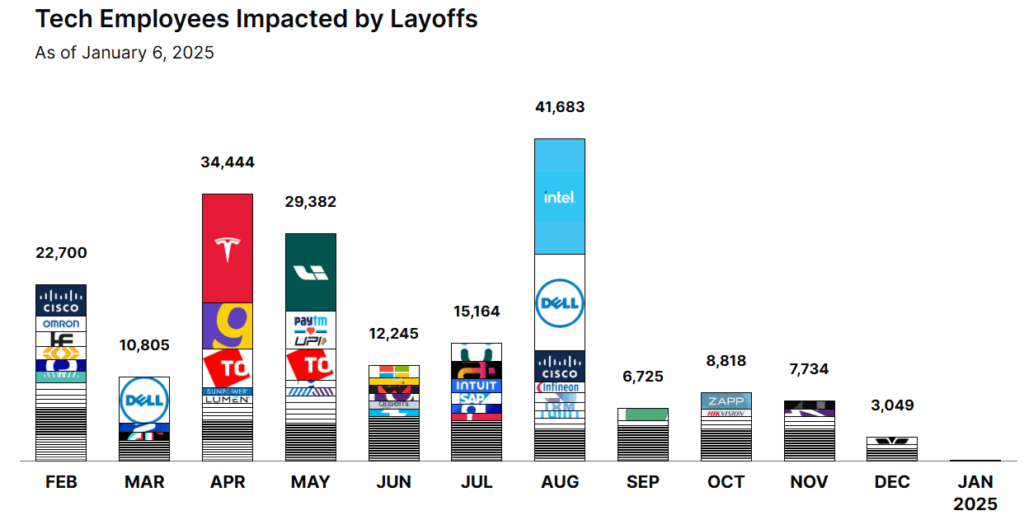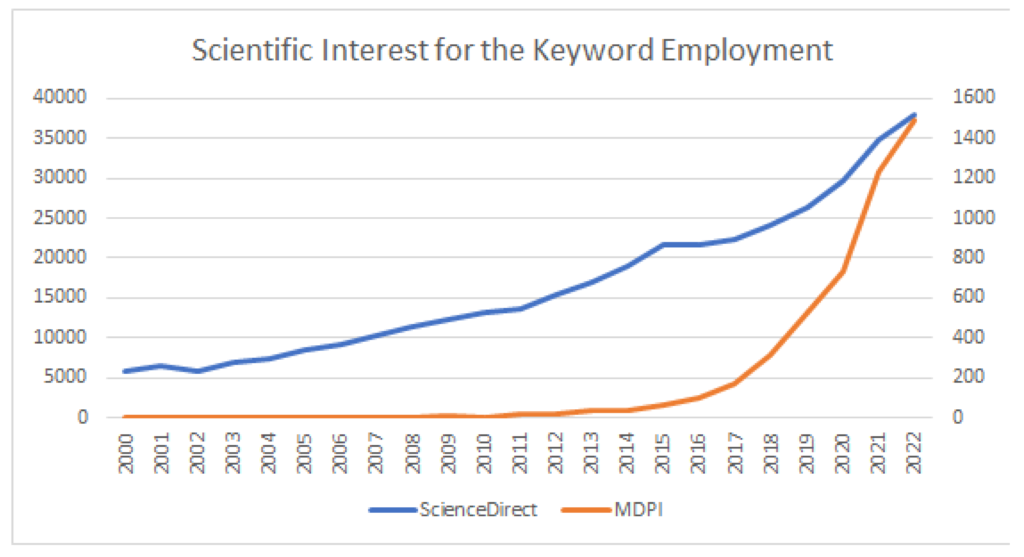Introduction
The U.S. job market continues to evolve in 2025, shaped by economic fluctuations, technological advancements, and shifting workforce expectations. While some industries are experiencing significant layoffs, others are witnessing rapid hiring trends. Understanding these dynamics is crucial for job seekers, employers, and policymakers.

Layoff Trends and Their Impact
Recent economic uncertainties, automation, and corporate restructuring have led to layoffs in various sectors.
- Tech Industry Downsizing – After years of rapid expansion, many tech companies are implementing workforce reductions to streamline operations.
- Retail and E-Commerce Adjustments – Changing consumer behavior and economic slowdowns have forced retailers to recalibrate staffing needs.
- Manufacturing Challenges – Supply chain disruptions and outsourcing continue to impact domestic manufacturing jobs.
Despite these challenges, many displaced workers are transitioning to new opportunities in emerging fields.
Hiring Trends and Growth Sectors
Several industries are expanding their workforce to meet demand:
- Healthcare and Biotech – Aging populations and medical advancements are driving demand for healthcare professionals.
- Renewable Energy – The push for sustainable energy solutions has led to an increase in jobs related to solar, wind, and electric vehicles.
- Cybersecurity and IT Services – Rising cyber threats have heightened the need for skilled cybersecurity experts.
- Logistics and Supply Chain – The post-pandemic economy continues to require skilled workers in transportation and warehousing.
These growing sectors provide new career opportunities for those willing to reskill and adapt.
Wage Trends and Cost of Living Considerations
Wages have experienced mixed trends across different industries:
- Wage Growth in High-Demand Sectors – Healthcare, AI, and green energy jobs are seeing salary increases due to labor shortages.
- Stagnation in Service Jobs – Hospitality and retail wages struggle to keep pace with inflation and living costs.
- The Role of Remote Work – Remote and hybrid jobs are influencing salary structures, with some regions experiencing wage disparities.
With inflation still a concern, workers are prioritizing roles with competitive salaries and benefits, while companies are reassessing compensation strategies to attract top talent.
Conclusion
The U.S. job market in 2025 presents both challenges and opportunities. While layoffs remain a concern in some industries, growth in healthcare, technology, and sustainability is creating new employment pathways. Job seekers and employers alike must stay adaptable to navigate the evolving landscape, leveraging skills development and strategic hiring to ensure a resilient workforce for the future.





